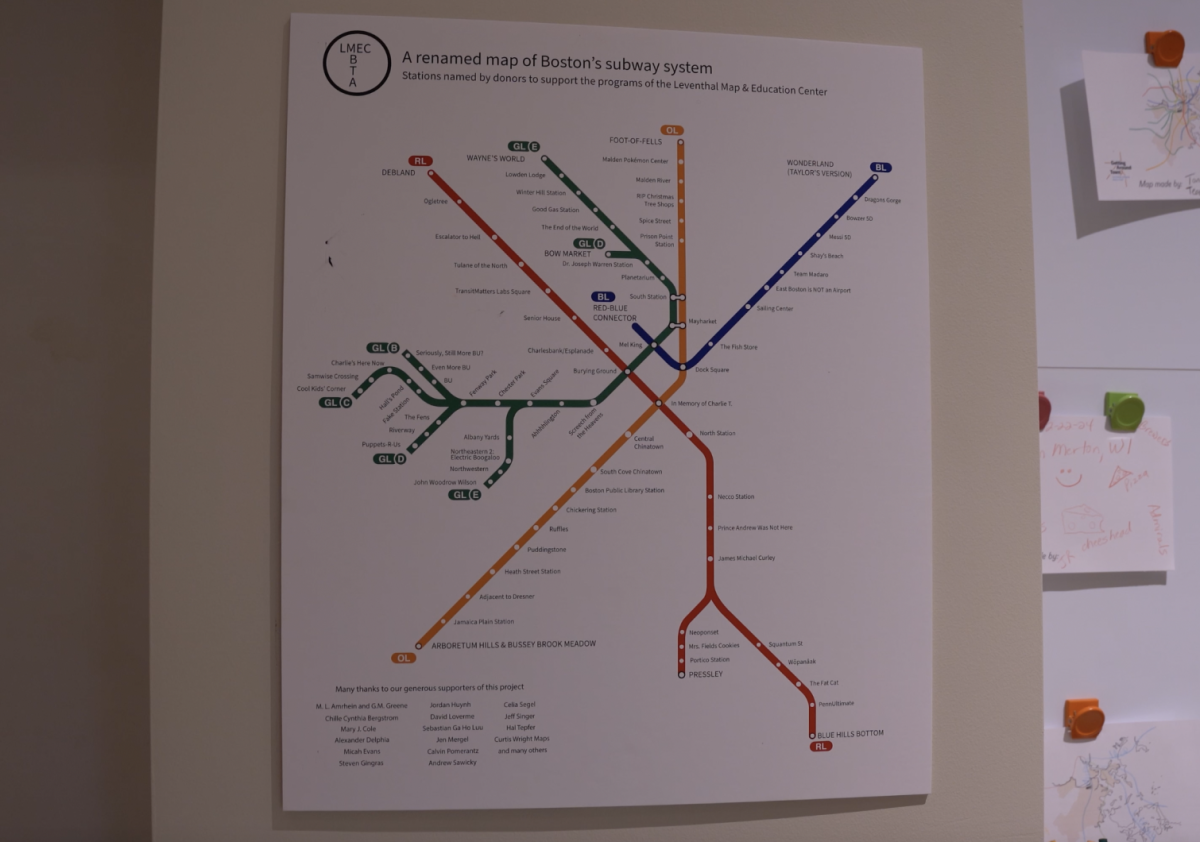Column: For Democrats, wins in Virginia legislature are blueprint for the future
November 16, 2017
By Alex Frandsen
A little over a year ago today, the bottom fell out for the Democratic party. Donald J. Trump upset Hillary Clinton in the presidential election, and suddenly Republicans owned both the executive and the legislative branches of government. Plus, Trump’s election meant he could appoint a conservative Supreme Court justice to the bench, with potentially more appointments on the horizon. The Democrats weren’t in the driver’s seat anymore. They were barely in the car.
Now, a year later, many of the Democrats’ worst fears in the aftermath of the election have proven to be true. Trump has been reckless with foreign policy, reversed (or at least attempted to reverse) many Obama-era initiatives and legislation and generally been who he said he would be in his campaign. But finally, this past Nov. 7, a glimmer of hope emerged. Democrats won the governor’s races in New Jersey and Virginia, and they took several mayoral contests in major cities.
Those are the flashy victories, but the real sign of better days ahead came from the lower level races, specifically those in Virginia. Democrats took at least 15 seats in the House of Delegates, wiping Republican control out of a state legislature that had been red since 2000. There were historical firsts, too: Danica Roem became the first transgender delegate in state history after upsetting an incumbent Republican. Republican state politicians across the country were officially put on notice that their seats might not be as cozy as they thought.
Wins in the smaller elections might not feel as important as some of the higher-profile ones, but they absolutely are. This is a truth that Republicans are clearly knowledgeable of, as they’ve owned Democrats in this arena since former President Barack Obama’s election in 2008. Since then, they’ve invested more than $30 million in state elections and defeated more than 900 Democratic state legislators.
After the 2016 election, Republicans held total control of 25 state governments and partial control of 20 states. That means roughly 80 percent of the country’s population lives in states at least partially controlled by Republicans, according to population calculations by the conservative group Americans for Tax Reform. While Democrats were focusing on their hold over the presidency for eight years, Republicans were quietly building a dominant base across the country. This left them in perfect position after the last presidential election to reign over government at every level.
Before the Democrats start worrying about who their next candidate for president will be, they need to address that fact. They cannot afford another four years of getting outmatched in state legislatures. This is why the victories in Virginia are so encouraging — they signal a party that’s finally realizing that they need to build bottom-up, not top-down.
Tom Perez, chair of the Democratic National Committee, seems to have his priorities straight. “What I want to do…is build a party infrastructure in partnership with our state partners so that we have organizers in place in urban, suburban and rural communities across America, so that we are a force on important issues,” he said in an interview with NPR.
He’s absolutely right. This is the real battle. No savior presidential candidate will be able to save the Democratic party. Only the elections of hundreds of state politicians can do that. Only a concerted focus on the less glamorous level of government can do that.
Although, a Democratic president couldn’t hurt.

















